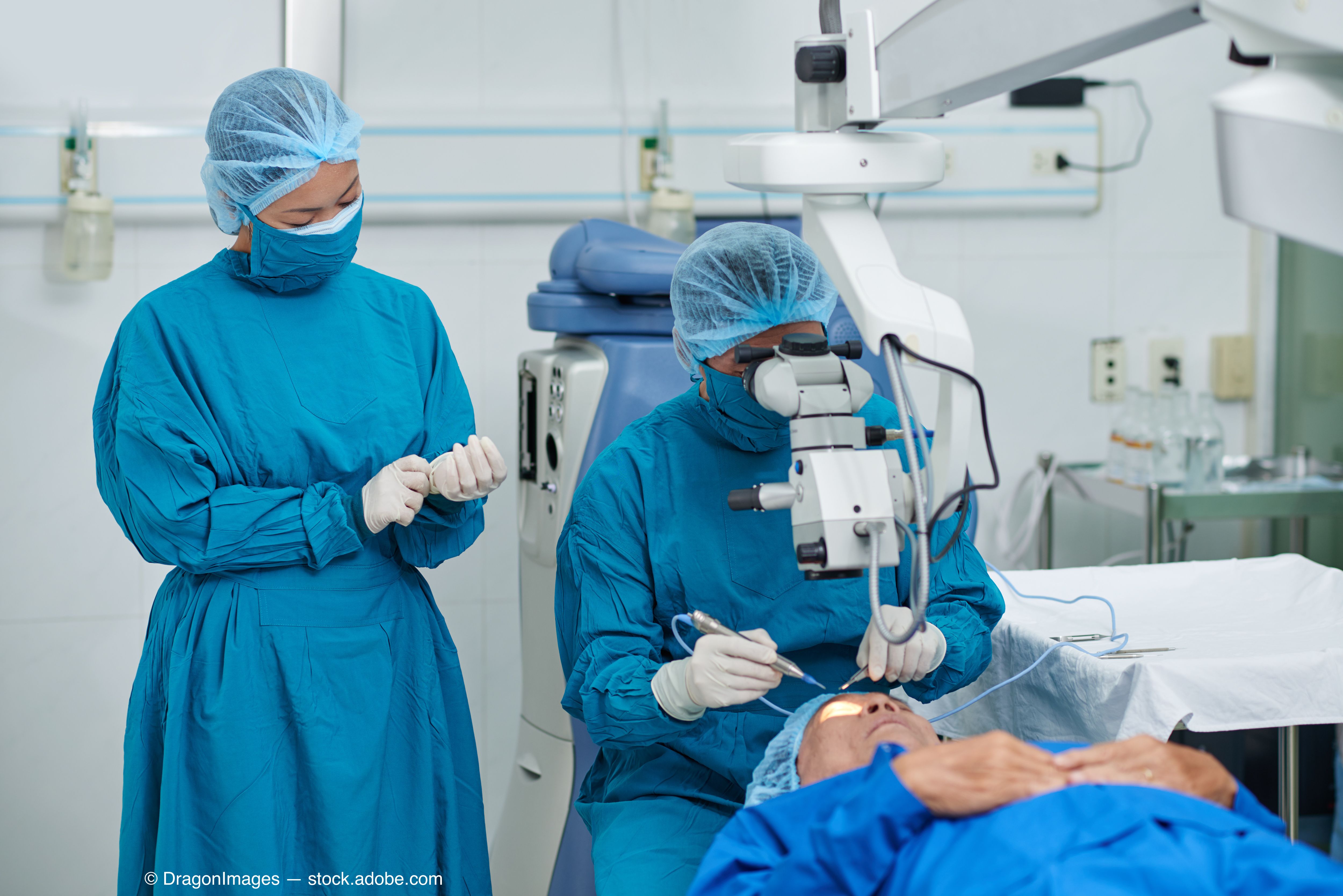Article
Streamlining the preoperative cataract surgery protocol while maintaining high care standards
Author(s):
A virtual, risk-based approach to preoperative medical evaluations for cataract surgery may be associated with safe and efficient outcomes, according to study investigators.
Eliminating the preoperative physical examinations for cataract surgery may both decrease health care costs and continue to provide high-value care.

Anthony Cuttitta, MPH, from the Department of Ophthalmology and Visual Sciences, Kellogg Eye Center, and the Michigan Program on Value Enhancement, University of Michigan Health, Ann Arbor, and colleagues, considered if it was feasible to perform preoperative medical evaluations for cataract surgery in a tailored, risk-based approach without compromising patient safety, and they found that this indeed was a doable approach.
They explained that eliminating the preoperative physical examinations for cataract surgery may both decrease health care costs and continue to provide high-value care, thus increasing efficiency and throughput and patient safety during the COVID-19 pandemic.
To test this, a pilot study was conducted from June to September 2020 to evaluate this approach using a virtual medical history questionnaire in an intervention group that received the risk assessment. Those patients who were considered to have low risk underwent surgery without an additional preoperative evaluation before the day of surgery. A preintervention control group received standard care from January to December 2019.
The primary outcomes were the rates of intraoperative complications, non-ocular-related emergency department visits within 7 days, inpatient admissions within 7 days of surgery, case delays, and rates of case cancellation, Mr. Cuttitta described.
Results of risk analysis
The intervention group included 1,095 patients (58.2% women; mean age, 68.4 years) undergoing cataract surgery and the control group 3,114 patients (56.7% women; mean age, 68.6 years). In the intervention group, 126 (11.5%) patients were low-risk and 969 (88.5%) patients received standard care.
Generally, the intervention group was not superior to the preintervention control group in most of the parameters studied. Fewer case delays occurred in the intervention group.
Specifically, the investigators reported that no differences were seen between the control and intervention groups in the 4 parameters investigated: rates of intraoperative complications, 21 (0.7%) vs. 3 (0.3%), respectively (difference, −0.4%; 95% confidence interval [CI], −0.82 to 0.02); in the 7-day non-ocular-related visits to the emergence department, 5 (0.2%) vs. 3 (0.3%), respectively (difference, 0.1%; 95% CI, −0.23 to 0.45); in the 7-day inpatient admissions, 6 (0.2%) vs. 2 (0.2%), respectively, (difference, −0.01%; 95% CI, −0.31 to 0.29); or in the same-day cancellations, 31 (0.8%) vs. 10 (0.6%), respectively (difference, −0.15%; 95% CI, −0.63 to 0.34). More case delays were seen in the control group, 59 (1.9%) vs. 7 (0.6%), respectively (difference, −1.3%; 95% CI, −1.93 to −0.58).
The investigators concluded, “This study suggests that a virtual, risk-based approach to preoperative medical evaluations for cataract surgery is associated with safe and efficient outcomes. These findings may encourage health care systems and ambulatory surgery centers to tailor preoperative requirements for low-risk surgery patients.”
Reference
Cuttitta A, Joseph SS, Henderson J, et al. Feasibility of a risk-based approach to cataract surgery preoperative medical evaluation. JAMA Ophthalmol. 2021;139:1309-1312;doi:10.1001/jamaophthalmol.2021.4393




